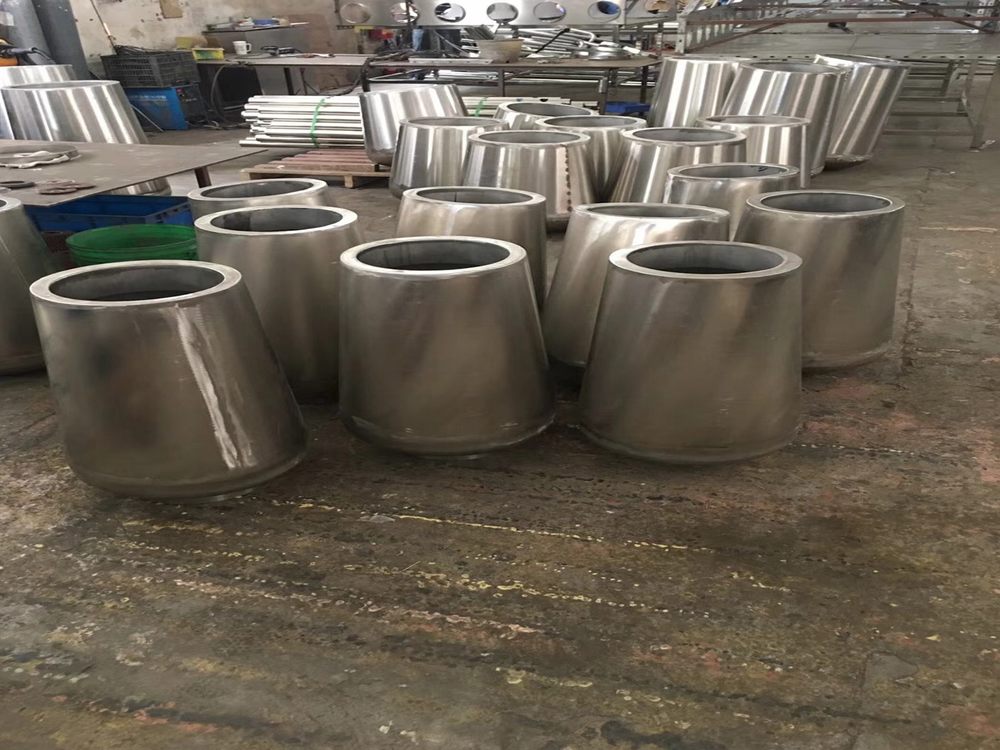
Displaying porcelain sculptures in high-traffic public spaces requires a delicate balance between accessibility and preservation. These fragile artworks demand careful planning to ensure their longevity while allowing visitors to appreciate their beauty. Here are the best practices to achieve this:
1. Strategic Placement: Position sculptures away from direct pathways to minimize accidental contact. Elevated platforms or recessed niches can create a natural barrier.
2. Protective Barriers: Use transparent acrylic cases or low-profile railings to shield sculptures without obstructing visibility. Ensure barriers are sturdy yet unobtrusive.
3. Lighting Considerations: Opt for LED lighting with UV filters to prevent fading. Soft, diffused lighting enhances details without creating glare or heat damage.
4. Climate Control: Maintain stable temperature and humidity levels to prevent cracking or warping. Avoid placing sculptures near vents or doors with frequent drafts.
5. Interactive Signage: Educate visitors with subtle signage about the fragility of porcelain. Include QR codes for digital details, reducing the need for physical interaction.
6. Regular Maintenance: Schedule routine inspections for dusting and minor repairs. Train staff to handle sculptures properly during cleaning or relocation.
By implementing these practices, public spaces can showcase porcelain sculptures safely, preserving their artistic integrity while engaging audiences effectively.

